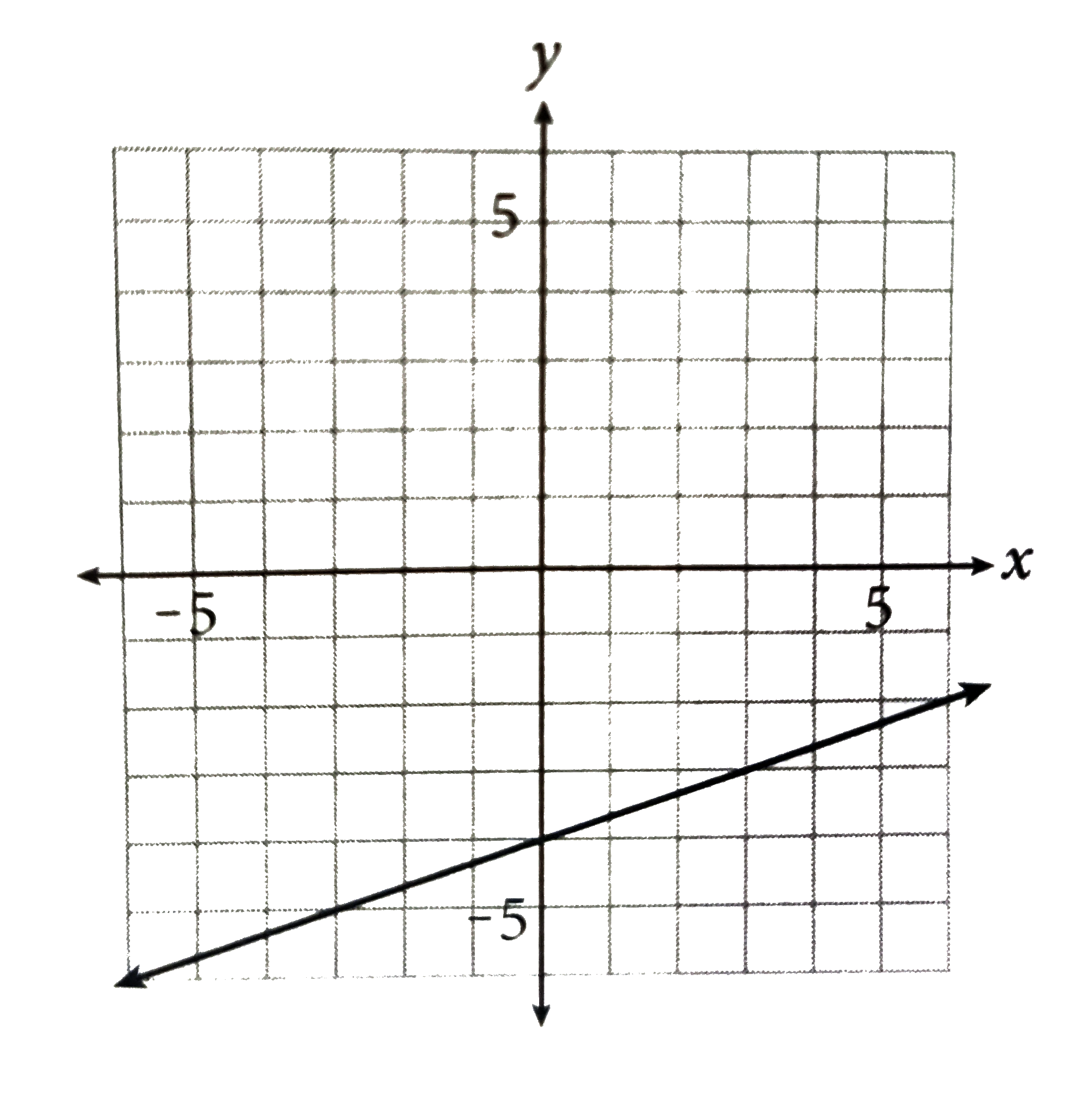Arithmetic growth curve is represented by which of the following equation?
(a) wt=w0ert
(b) L0=Lt+rt
(c) Lt=L0+rt
(d) 2Lt=L0−rt
The correct Answer is:C
To determine the equation that represents an arithmetic growth curve, we can follow these steps:
Step 1: Understand the Concept of Arithmetic Growth
Arithmetic growth occurs when a quantity increases by a constant amount over equal intervals of time. This means that the growth can be described using arithmetic progression.
Step 2: Identify the Characteristics of the Growth Curve
In an arithmetic growth curve, the growth is linear, which means that if you plot the growth against time, you will get a straight line. The growth at any time t can be expressed as the initial amount plus a constant rate multiplied by time.
Step 3: Analyze the Given Options
We need to evaluate the provided equations to find which one represents arithmetic growth:
1. Option A: wt=w0ert - This represents exponential growth, not arithmetic growth.
2. Option B: L0=LT+RT - This equation does not correctly represent growth and is not suitable.
3. Option C: LT=L0+RT - This equation indicates that the growth at time T is equal to the initial amount plus the product of the rate of growth and time, which is characteristic of arithmetic growth.
4. Option D: This option describes a doubling amount, which is not relevant to arithmetic growth.
Step 4: Select the Correct Equation
From the analysis, we find that Option C LT=L0+RT is the correct representation of an arithmetic growth curve.
Conclusion
The equation that represents the arithmetic growth curve is:
LT=L0+RT
Arithmetic growth occurs when a quantity increases by a constant amount over equal intervals of time. This means that the growth can be described using arithmetic progression.
In an arithmetic growth curve, the growth is linear, which means that if you plot the growth against time, you will get a straight line. The growth at any time t can be expressed as the initial amount plus a constant rate multiplied by time.
We need to evaluate the provided equations to find which one represents arithmetic growth:
2. Option B: L0=LT+RT - This equation does not correctly represent growth and is not suitable.
3. Option C: LT=L0+RT - This equation indicates that the growth at time T is equal to the initial amount plus the product of the rate of growth and time, which is characteristic of arithmetic growth.
4. Option D: This option describes a doubling amount, which is not relevant to arithmetic growth.
From the analysis, we find that Option C LT=L0+RT is the correct representation of an arithmetic growth curve.
The equation that represents the arithmetic growth curve is:
LT=L0+RT
Similar Questions
Knowledge Check

The graph shown represents which of the following equations ?Ay=−3x+4By=−13x+4Cy=13x−4Dy=3x−4The population growth is generally described by the following equation : dNdt=rN(K−NK) What does 'r' represent in the given equation ?
APopulation density at time 't'BIntrinsic rate of natural increaseCCarrying capacityDThe base of natural logarithm
Arithmetic growth can be observed in :
View SolutionIn an LR circuit connected to a battery, the rate at which energy is stored in the inductor is plotted against time during the growth of current in the circuit. Which of the following best represents the resulting curve?
View SolutionThe population growth is generally described by the following equation : dNdt=rN(K−NK) What does 'r' represent in the given equation ?
View SolutionThe curve amongst the family of curves, represented by the differential equation (x2−y2)dx+2xydy=0 which passes through (1,1) is
View SolutionWhich of the following equations represent S.H.M. ?
View SolutionA J-shaped growth curve depicts
View Solution

